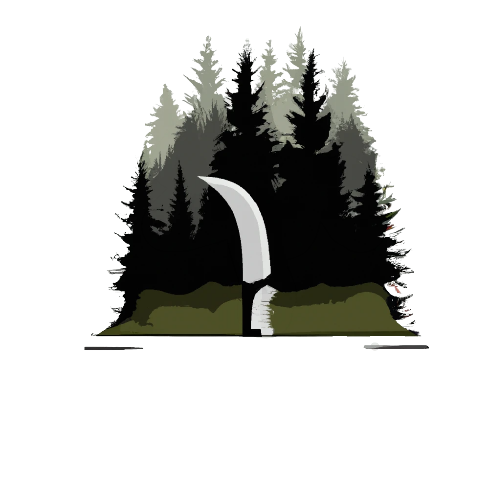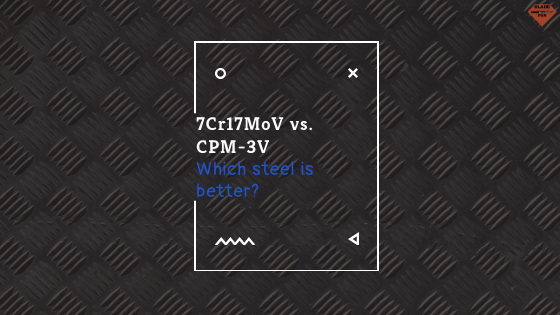Knife steel is an essential factor when selecting a knife of the highest quality. Two popular steels are 7Cr17MoV and CPM-3V. While both of them have their pros and cons, they are fundamentally distinct from each other. In this article, we will explore the features, advantages, and challenges of each steel.
Here is the short answer:
7Cr17MoV is a low-end stainless steel that’s easy to sharpen, affordable, and does its work when put to the test. CPM-3V, on the other hand, is a premium steel that has excellent toughness, wear resistance, and edge retention.
Now that we have looked at the short answer, we can look closer at each steel, what they are made of, what they are most commonly used for, how they compare in-depth, and our favorite knives in each steel.
Deep dive on 7Cr17MoV
7Cr17MoV is a Chinese-made steel that is modestly priced. It is frequently utilized in knives for general purposes that won’t see too much heavy work.
This steel has a low carbon content of 0.7%, which is where 7Cr17MoV derives its name. It also has around 17% chromium, which gives it its rust resistance abilities. However, due to the low carbon content, this steel is very soft and loses its edge easily.
With a Rockwell hardness of approximately 58, it’s also fairly easy to sharpen. While 7Cr17MoV is a reliable and cost-effective steel, it may rust if unused for an extended amount of time or if maintained in a damp environment.
Deep dive on CPM-3V
CPM-3V is a premium knife steel that is popular for its edge retention and corrosion resistance. The Crucible Particle Metallurgy (CPM) process makes this steel have finer particles which increase edge retention, consistency through the knife blade, and toughness.
This steel has a high carbon content of 1.3%, which helps with edge retention and toughness, a chromium content of 7.5%, and a tungsten content of 2.75%, making it wear-resistant and stable. Furthermore, CPM-3V has vanadium and molybdenum, which improves strength and toughness.
CPM-3V has a Rockwell hardness level of around 60, which is exceptionally tough but also challenging to sharpen. It may be brittle at the highest hardness, but that doesn’t take away from its otherwise impressive performance.
Deeper answer on 7Cr17MoV versus CPM-3V and which one is better
When it comes to 7Cr17MoV versus CPM-3V, the primary factor depends on your use. 7Cr17MoV is more cost-effective, has fair corrosion resistance, and is easy to sharpen, but may not endure as long as CPM-3V when it comes to heavy-duty cutting tasks. CPM-3V, on the other hand, provides exceptional toughness, wear resistance, and edge retention but may be hard to sharpen and is more expensive.
If you’re searching for a reliable knife steel that will last a decent amount of time and meets a variety of duties, 7Cr17MoV is a decent alternative at an affordable price. If you require a superior steel with more significant performance characteristics, such as toughness, wear resistance, and edge retention, CPM-3V is an excellent alternative.
Our favorite knives in each steel
Now that we have looked closer at each steel and how they compare in-depth, we can look at what we have found to be the best knives in each steel
Gerber EXO-MOD Drop Point (7cr17MoV)
The Gerber EXO-MOD Drop Point is a skeletonized fixed-blade hunting knife. This knife has an orange handle, a 3.75-inch blade, an overall length of 8.5 inches, and weighs a mere 2.6 ounces. If you want an affordable lightweight hunting knife, this might be the knife for you.
Check out this knife here (link to Amazon)
Benchmade Leuku (CPM-3V)
This is a Scandinavian designed knife that is perfect for bush crafting. This knife has a 5.2-inch blade, a 4.5-inch textured Santoprene handle, and weighs 5.3 ounces. If you want a bushcraft knife that doesn’t sacrifice looks for performance, this is the knife for you.

